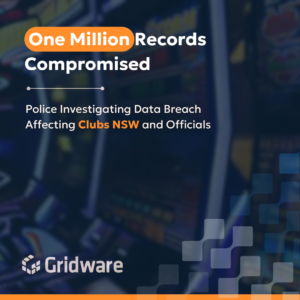The TAFE SA Data Breach
Cybercriminals stole the personal data of thousands of TAFE SA students in a data breach. The breach involved information from more than 2000 students’ identification forms. SA Police discovered scanned copies of student identification forms on USBs during an unrelated investigation.
How Did the Breach Occur?
It is still unclear how cybercriminals perpetrated the breach or who they are. Unfortunately, it is common for data breaches to make it difficult to determine the responsible party.
However, it is important to note that data breaches can occur due to several reasons, such as weak passwords, unsecured networks, and phishing scams. It is crucial for organisations to take cybersecurity seriously and implement strong measures to prevent data breaches.
The Consequences of Data Breaches
This data breach will have profound consequences for both individuals and the organisation affected. Personal information such as names, addresses, and social security numbers can be stolen and sold on the dark web, leading to identity theft and financial fraud. Additionally, organisations can suffer reputational damage, loss of customer trust, and legal consequences such as fines and lawsuits.
Preventing Data Breaches
Preventing data breaches requires a multi-faceted approach. Organisations must invest in cybersecurity measures such as firewalls, anti-virus software, and encryption. They must also ensure that employees receive training to recognise and avoid phishing scams, use strong passwords, and follow best cybersecurity practices.
Conclusion
The recent data breach at TAFE SA is a reminder of the importance of protecting sensitive data using proactive cybersecurity measures. Organisations must take cybersecurity seriously and implement strong measures to prevent data breaches before they occur. As individuals, we must also be vigilant and protect our personal information by using strong passwords, avoiding phishing scams, and being careful about what information we share online. Ultimately, prevention is key when it comes to cybersecurity.




